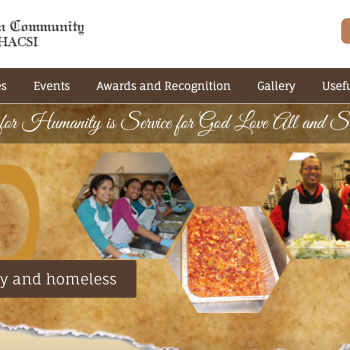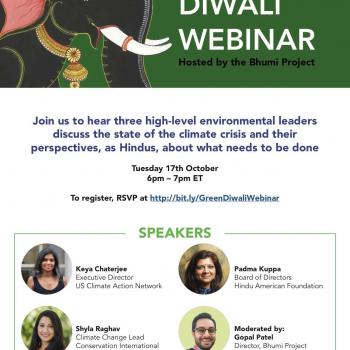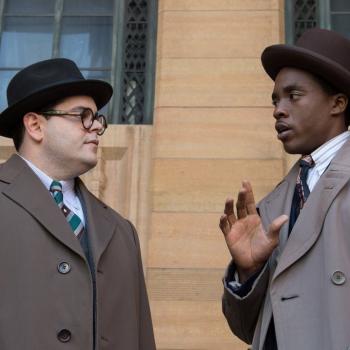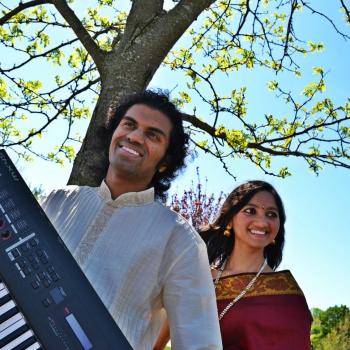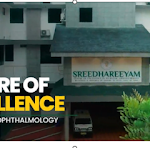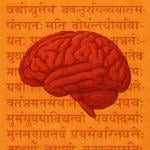During my early days of blogging at Patheos, I loved the title and the one liners that Kathleen Mulhern, my editor at the time, pulled to the top of my essays. (Perhaps they were one of the reasons I wrote so frequently – a quick way to see what an open minded reader got from my few hundred words on a topic!) One of the best summaries was this one on how Language Matters: [about] Deities and Darshan: “Idols” is the wrong term to use to describe our temple deities; Hindus are not idol-worshippers.
A recent program to two area temples by two different groups of 7th graders, as part of a series called Religious Diversity Journeys, gave a few hundred people a window into Hinduism and hopefully helped them understand more about the nearly billion Hindus they share the planet with, and the several thousand in our own metro area. It reminded me of how important it is to engage in inter-religious activities, and how language always matters. I have often had to explain what it means to be a Hindu, being a religious minority in America, and have been more proactive at engaging the other over the last decade of being an “interfaith activist.” I helped host the RDJ program during my years on the Outreach Committee at the Bharatiya Temple of Metropolitan Detroit. When I was asked to help with the opening remarks and the temple tour this year, it reminded me that it is always important to to explain to each new visitor to use the word murthi or deity, and ask them to not use the word idol because of its negative connotation.
Seventh grade students from participating public school districts in the metropolitan Detroit area, if selected to be part of the Religious Diversity Journeys program, attend six school-day field trips: one trip per month, December-May, to different houses of worship in the metro area. These trips focus on the differences and similarities among the major religions: Christianity, Judaism, Islam, Hinduism, Buddhism, Sikhism, and also Jainism, Humanism and Native American beliefs. According to the program’s coordinator, Meredith Skowronski, “students are provided the unique opportunity to ask questions, tour houses of worship and share a meal with those of different faith traditions.” And from the website of the Interfaith Leadership Council of Metropolitan Detroit, the organization that provides the framework for many such programs to build inter-religious understanding: “The purpose of this program is to promote greater understanding, awareness and knowledge concerning the many religions prevalent in the metro-Detroit area and to prepare students for life in our increasingly diverse society. The diversity message for the students, with pointed discussion about the negative effects of prejudice, stereotyping and bullying of different religious groups, has become an integral part of each Journey. Students and parents from previous programs indicated that these Journeys were enormously successful, and gave the program very high marks in their evaluations.”
At the temple last month, the students, their parent chaperones, and even teachers all had a myriad of questions: “Why do you wear a dot on your head?” “Why do you have so many gods?” ” Why do they have so many arms?” and so many more. In answering them, my own understanding of what Hinduism is is always deepened. I was lucky to have served on a committee for an event several years ago, to commemorate the Prana-prathishta, the 25th anniversary of the original installation of the deities and also to be part of the Prana-prathishta of the newly expanded facility just a couple of years ago. My command of the language needed to explain things improved, just as the depth of my understanding was increased with these experiences. I was also fortunate that the circle expanded this year: not only were there two groups of public schools that participated in the program, and two temples that hosted each of the groups; for the first time, the public school district where my children attended school, also participated. And the circle of Hindus who helped to present and host these groups continues to expand, and they also learned to navigate the way to teach about Hinduism – since it is very different from teaching someone to be Hindu: yet another reason why language matters.





